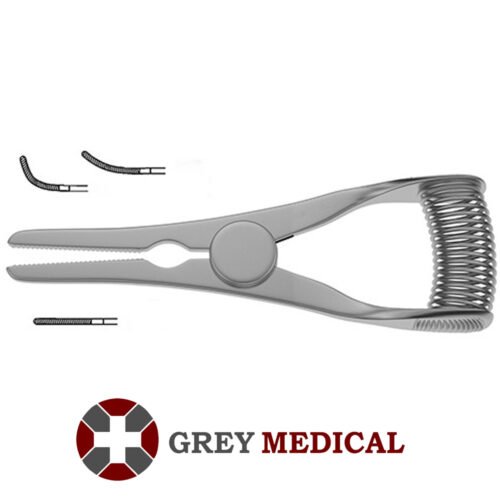Surgical tools are indispensable in the medical field, playing a critical role in ensuring successful procedures. These surgical tool are meticulously designed to assist surgeons in tasks that require precision, cleanliness, and reliability. Understanding the range of tools available in the operating room helps highlight the complexity and importance of these medical devices.
Cutting and Dissecting Instruments
Cutting tools are fundamental in surgery, enabling precise incisions and separations. This category includes scalpels, scissors, and chisels. Scalpels are renowned for their sharp edges, offering clean incisions in soft tissue. Surgical blades come in various designs to suit specific tasks. Scissors, on the other hand, aid in cutting sutures and tissues. These scissors may be straight or curved, depending on their function. Instruments like chisels are common in orthopedic procedures, offering a means to cut through bone with accuracy.
Grasping and Holding Instruments
Grasping tools are vital for holding tissues or other instruments firmly during operations. These include forceps, needle holders, and clamps. For instance, the chalazion clamp is a specific tool used primarily in ophthalmologic procedures. It is instrumental in holding the eyelid steady, providing a stable surface for addressing conditions like chalazion. This type of clamp minimizes movement and enhances precision, making it an essential tool for such surgeries. Similarly, various types of surgical forceps are employed for tasks like holding delicate tissue or clamping blood vessels.
Clamping and Occluding Instruments
Clamps serve the critical function of controlling bleeding by compressing blood vessels or tissues. Bulldog clamps, for example, are widely used in vascular surgeries. These clamps are small, spring-loaded devices that effectively restrict blood flow in arteries or veins without causing damage. Their robust design ensures the surgeon achieves temporary occlusion while maintaining the integrity of fragile vessels. Clamps like this are indispensable in highly sensitive procedures where every second matters.
Retracting and Exposing Instruments
Retractors are designed to hold tissues back to give surgeons better visibility and access to the surgical site. This is particularly important in deep or complex procedures, where surrounding organs or structures need to be moved aside. These instruments vary greatly in size and shape, depending on the surgery. Self-retaining retractors, for instance, can stay in place without assistance, allowing the surgeon to focus on the task at hand.
Probing and Dilating Instruments
Probes are used to explore wounds or body cavities, helping surgeons identify abnormal tissue or determine the depth of a lesion. Meanwhile, dilators serve to expand narrow structures such as blood vessels or the esophagus. These tools are essential in accessing and treating areas within the body that would otherwise be difficult to reach.
Suturing Instruments
Finally, stitching up incisions is a vital step in any surgical procedure. Instruments like needle holders and special surgical needles are developed to ensure safe and secure suturing. Without these tools, maintaining proper wound closure and healing would be nearly impossible.
Final Thoughts
Surgical tools such as the chalazion clamp and bulldog clamps underscore how specialized instruments cater to unique medical needs. Each tool serves its purpose in ensuring precision, safety, and efficiency during operations. By understanding the diversity and utility of these devices, we gain a deeper appreciation for the complexities of modern surgery.





Comments